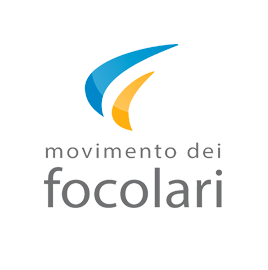Chiara is interviewed by the belgian TV
Bruxelles, April 1, 1977 “Leave only the Gospel to those who follow you” (December 1972). This interview strongly echoes the inner calling of Jesus. Question: Chiara, according to you what does it mean to love somebody?" Chiara: To love somebody does not mean sentimentalism. To love somebody means to do to others what we would like others to do to us, and this is the Gospel. If, for example, I have a suffering, I want to be consoled; if I have a doubt I want someone to give me certainty. In the same way, if I were ignorant I would want someone to teach me; if I lacked clothes I would want someone to bring me clothes; if I were ill I would like someone to come and see me; if I were hungry or thirsty I would like someone to bring me food and drink. ( ... ) Video in italian Transcription

